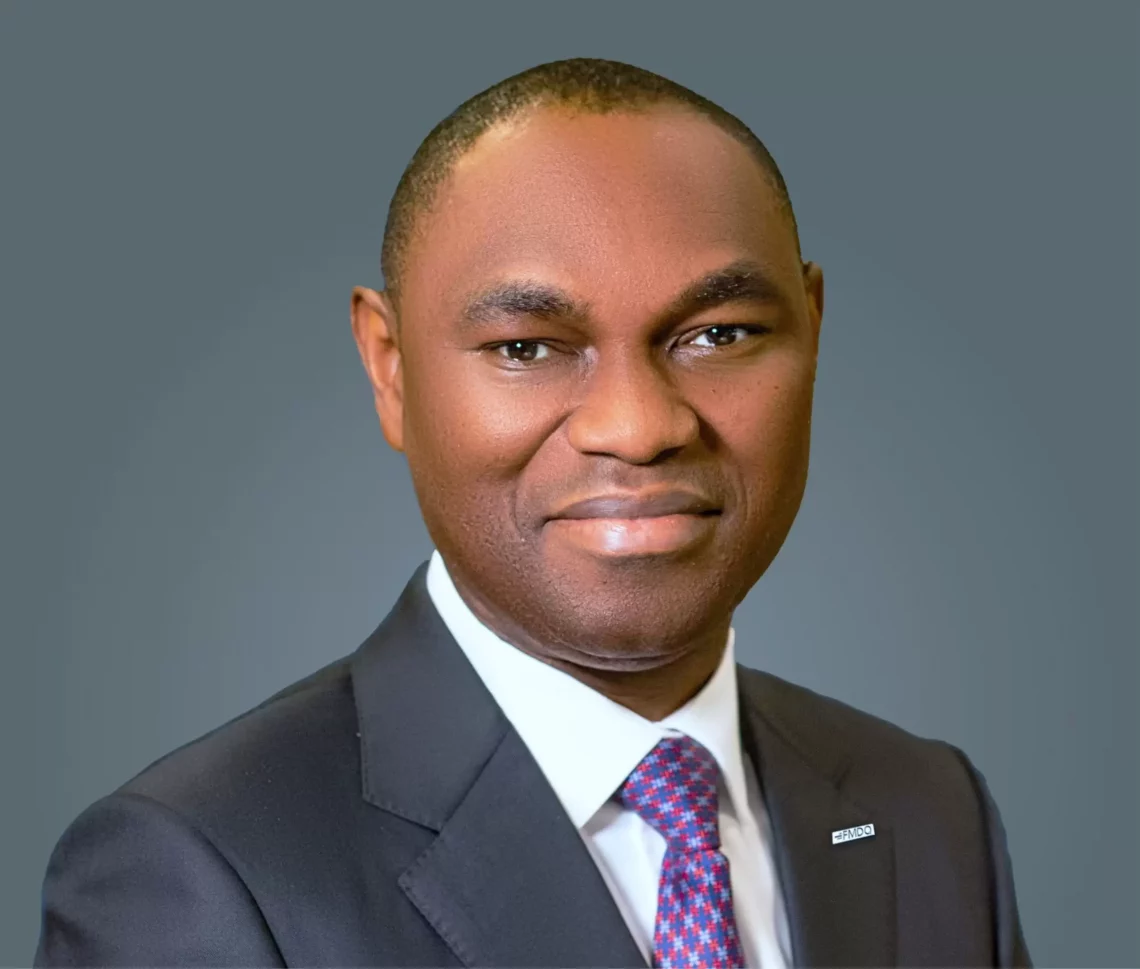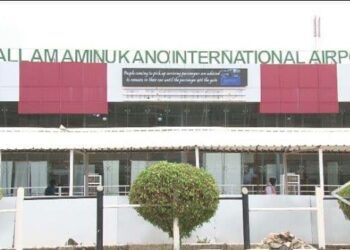Banking industry credit flow to the Nigerian economy grew by 22.78 per cent to N27.06 trillion as at June 30, 2022 according to the Central Bank of Nigeria (CBN), as the level of non-performing loans (NPLs) continued to decline, falling below prudential maximum limit.
NPLs, which had risen to 5.7 per cent in June last year, had been on the decline dropping to from 5.31 per cent in April to 5.20 per cent in May and settling at 4.95 per cent at the end of June this year.
According to the deputy governor, Economic Policy of the CBN, Dr Kingsley Obiora, the year-on-year downward trend of NPLs was attributable mainly to write-offs, restructuring of facilities, Global Standing Instruction (GSI) and sound credit risk management by banks.
Obiora, in his personal statement at the last Monetary Policy Committee (MPC) held in July, noted that, the Nigerian financial industry remained sound despite the downturn in the domestic economy. This was also the take of some of the MPC members in their personal statements which was released on the website of the CBN yesterday.
The CBN deputy governor had stated that “the financial soundness indicators showed that the banking system remained sound, stable and resilient. Total assets of the banking industry grew month-on-month by 22.07 per cent from N53.64 trillion in May 2021 to N65.48 trillion in June 2022, driven by balances with CBN/banks, OMO bills and credit to the real sector of the economy.
“Consequently, the total flow of credit to the economy increased by 22.78 per cent or N5.02 trillion from N22.04 trillion in June 2021 to N27.06 trillion in June 2022 to various sectors of the economy, including Oil and Gas, Manufacturing, General, Governments and General commerce.
“The Furthermore, the monthly average Open Buy Back (OBB) and Inter-Bank rates, fluctuated within the asymmetric corridor and increased from 9.39 and 8.38 per cent in May to 10.89 and 11.10 per cent in June 2022. The increase reflects a tight banking liquidity condition, which could help rein in inflation and safeguard financial system stability.”
On her part, deputy governor, Financial Systems Stability, Aisha Ahmad, noted that the continued resilience of the financial system and flow of credit to the real economy further strengthens the positive outlook for output expansion. Capital adequacy as of June 2022 was robust at 14.1 per cent, 410 basis points above the regulatory minimum of 10 per cent. Industry liquidity was also strong at 42.6 per cent over the same period and supported by significant cash reserve requirement buffers available to provide liquidity backstops should banks require it.
“Key industry aggregates also continued their year-on-year upward trajectory with total assets rising to N65.48 trillion in June 2022 from N53.64 trillion in June 2021, while total deposits rose to N42.03 trillion from N33.85 trillion over the same period. Gross credit has maintained an upward trajectory since 2019, rising by N5.02 trillion between June 2021 and June 2022 with significant growth in credit to Manufacturing, General commerce and Oil & Gas sectors. This notable increase was achieved amidst continued decline in non-performing loans ratio from 5.3 per cent in April 2022 to 5.0 per cent in June 2022.”
Detailing the banking industry credit to the economy, Sanusi Rafindadi, noted that, gross industry credit, which stood at N27.06 trillion in June 2022, has risen steadily since 2019, largely due to the Bank’s LDR policy.
“Analysis of the interest rate band reveals that 65.9 per cent of customers borrowed a total of N4.768 trillion at interest rates of less than 15 per cent as of June 2022, suggesting that interest rates are declining as credit to the real sector of the economy continues to increase. As of June 2022, a total of N3.378 trillion was lent to beneficiaries at less than a 10 per cent interest rate through the CBN intervention funds.”
Another MPC member, Adenikinju Festus noted that “Liquidity Ratio at 42.9 per cent in June 2022 was still above the 30 per cent prudential requirements. Interest margins to total operating income rose marginally between April 2022 and June 2022, however, total operating costs to total operating income declined marginally, though at 76.5 per cent is much higher than those for comparator countries, Turkey, 34.1 per cent, South Africa, 61.5 per cent and Malaysia, 37.9 per cent.”





